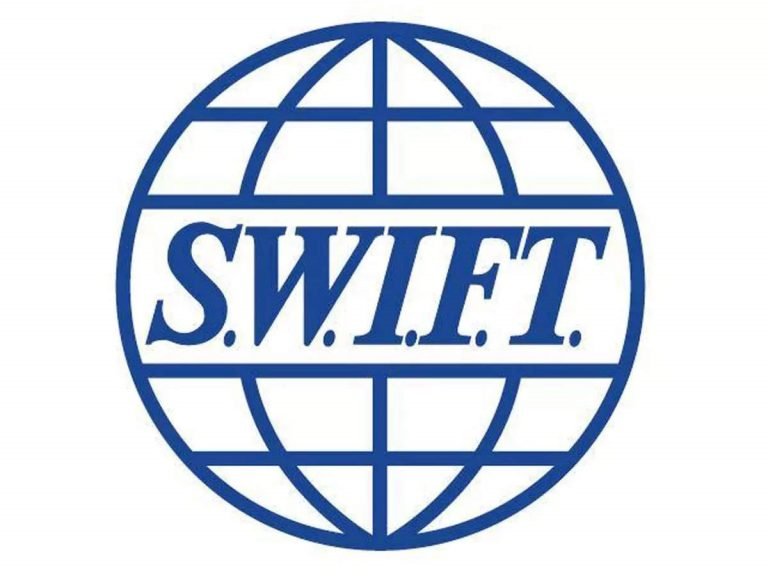Attack & attackers description : Dragonfly, also known as Energetic Bear, is a sophisticated and persistent cyber espionage campaign that has been active since 2011. This highly organized and stealthy operation primarily targets energy companies, particularly those in the United States and Europe. This technical article explores the intricacies of Dragonfly/Energetic Bear, including its attack vectors, malware arsenal, and the potential ramifications for the energy sector and critical infrastructure.
Attack Vectors:
- Spear Phishing: Dragonfly/Energetic Bear employs targeted spear phishing emails to gain initial access to the target networks. These emails are carefully crafted to appear legitimate and often contain malicious attachments or links that, when clicked, initiate the malware infection process. The attackers leverage social engineering techniques to increase the chances of successful compromise.
- Watering Hole Attacks: The campaign also utilizes watering hole attacks to compromise trusted websites frequented by the target audience, such as industry-specific forums or websites of interest to energy professionals. By injecting malicious code into these sites, the attackers exploit vulnerabilities in visitors’ browsers to deliver malware payloads.
- Supply Chain Compromises: Dragonfly/Energetic Bear has demonstrated a capability to compromise the software supply chain. By compromising legitimate software updates or installers used by target organizations, the attackers can distribute trojanized versions containing malware. This method allows them to bypass traditional security controls and gain a foothold within the target networks.
Malware Arsenal:
- Backdoors: The campaign employs various backdoors, including the infamous Havex and Karagany malware, to establish persistent access to compromised systems. These backdoors allow the attackers to remotely control and monitor the compromised systems, exfiltrate sensitive information, and potentially move laterally within the network.
- Remote Access Trojans (RATs): Dragonfly/Energetic Bear utilizes remote access trojans, such as the infamous Agent.btz, to gain remote access and control over compromised systems. RATs enable the attackers to execute commands, harvest credentials, and maintain persistence on the compromised systems.
- Credential Harvesting: The campaign focuses on harvesting credentials, including usernames and passwords, to escalate privileges and gain broader access within the target networks. This enables the attackers to move laterally, access critical systems, and extract valuable data.
Impact:
- Critical Infrastructure Vulnerabilities: Dragonfly/Energetic Bear’s targeting of energy companies raises concerns about the potential impact on critical infrastructure. An attack on energy networks could disrupt power grids, oil and gas operations, and other vital services, leading to significant economic and societal consequences.
- Intellectual Property Theft: The campaign poses a significant threat to intellectual property, as energy companies invest heavily in research and development of advanced technologies. The theft of proprietary information and trade secrets could undermine competitiveness and economic growth in the energy sector.
- National Security Implications: Given the criticality of the energy sector to national security, Dragonfly/Energetic Bear’s activities raise national security concerns. An attack on energy infrastructure could potentially compromise national defense capabilities, disrupt military operations, or impact emergency response systems.
Mitigation :
- Enhanced Email Security: Implementing robust email security measures, including anti-phishing solutions, email filtering, and employee training on identifying phishing attempts, helps mitigate the risk of spear phishing attacks.
- Supply Chain Security: Organizations should implement supply chain risk management practices, including vetting third-party software suppliers, verifying digital signatures of software updates, and conducting regular security assessments of software supply chains.
- Network Segmentation and Monitoring: Employing network segmentation and monitoring tools helps limit lateral movement within the network and enables timely detection and response to any suspicious activities or indicators of compromise.
Take away: Dragonfly/Energetic Bear represents a persistent and sophisticated cyber espionage campaign targeting the energy sector. The campaign’s use of spear phishing, watering hole attacks, and supply chain compromises underscores the need for heightened cybersecurity measures within the energy industry. By implementing robust security controls, conducting regular security assessments, and fostering a culture of cybersecurity awareness, organizations can better defend against the persistent threats posed by Dragonfly/Energetic Bear and mitigate potential disruptions to critical infrastructure and national security.
Disclaimer : The information provided herein is on “as is” basis, without warranty of any kind.





